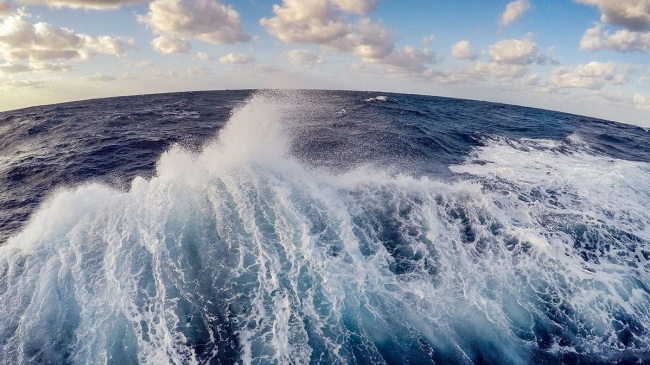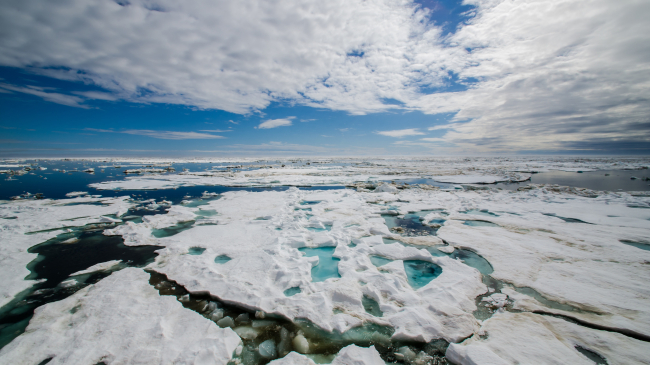See how the region scored in the 2015 Arctic Report Card
Now in its 10th year, the latest NOAA-sponsored report shows that air temperature in 2015 across the Arctic was well above average with temperature anomalies over land more than 2 degrees Fahrenheit above average, the highest since records began in 1900. Increasing air and sea surface temperatures, decreasing sea ice extent and Greenland ice sheet mass, and changing behavior of fish and walrus are among key observations in the Arctic Report Card 2015, published December 15, 2015.

A lone hiker in the Delong Mountains in the Western Arctic National Parklands, August 2014. (Image credit: Western Arctic National Parklands/NPS)




